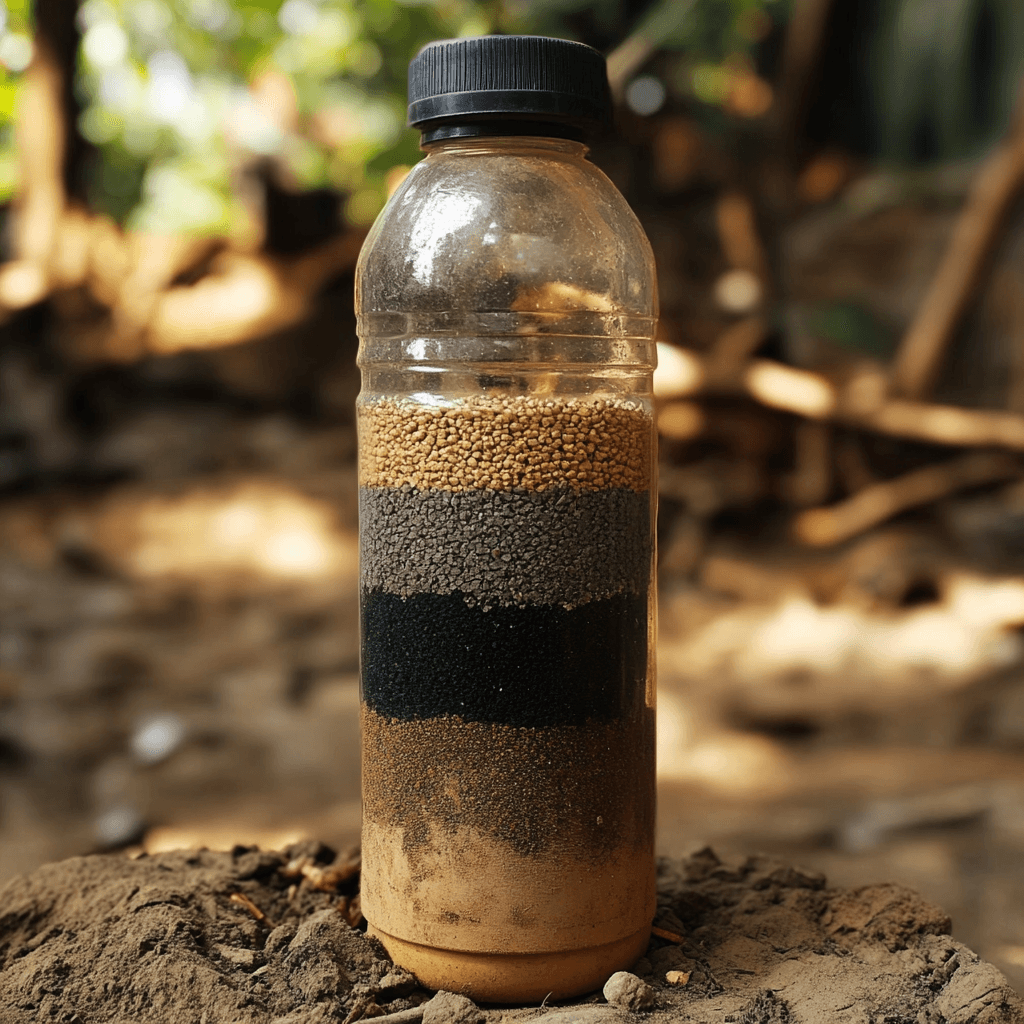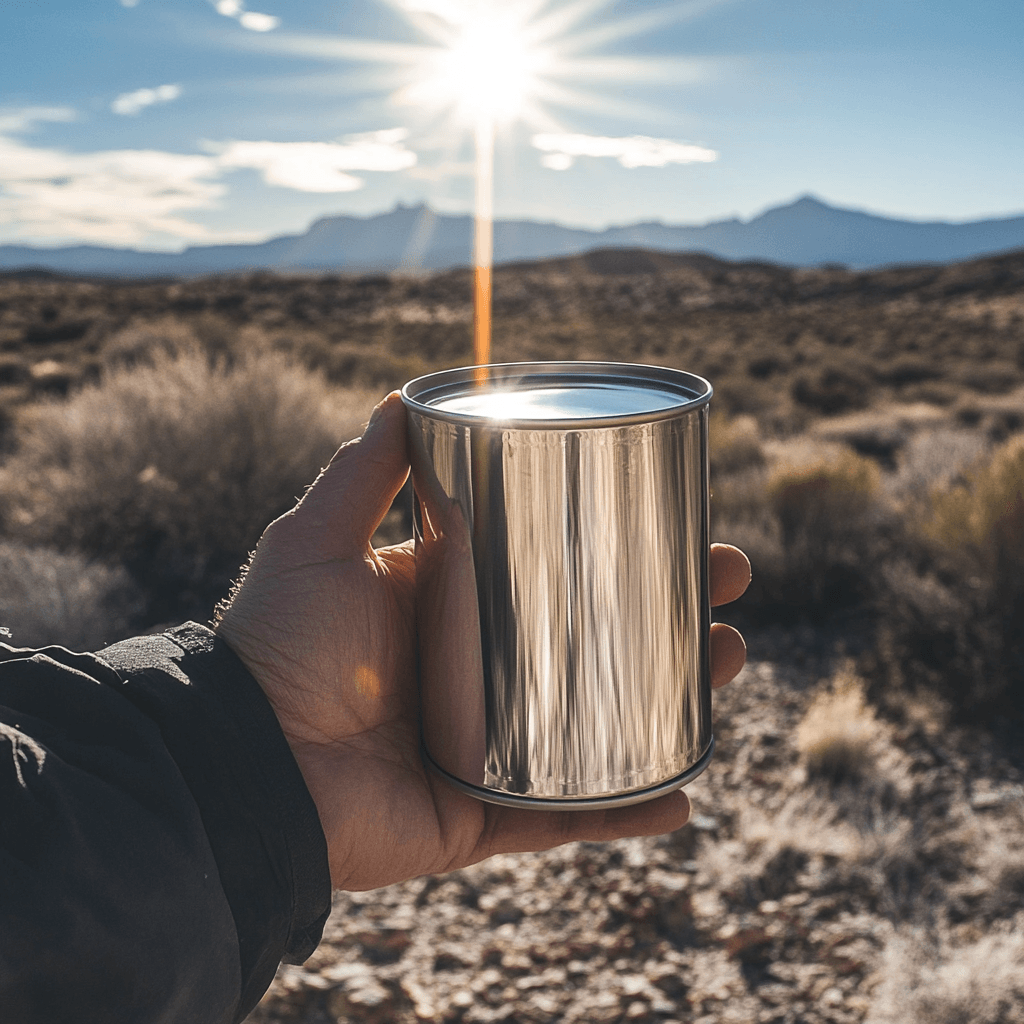
Picture this: You're miles from civilization, your gear is limited, and you need to solve a problem – fast. Welcome to the art of survival improvisation, where creativity meets necessity, and everyday items transform into life-saving solutions. Whether you're an outdoor enthusiast, a prepared-minded individual, or simply someone who wants to channel their inner MacGyver, mastering the skill of improvisation could make all the difference in a survival situation.
Improvisation is just one of the 22 essential skills you need to master to thrive in emergencies—learn the full list here.
The Essence of Survival Improvisation
I've spent years studying wilderness survival techniques, and if there's one thing I've learned, it's that improvisation isn't just about making do – it's about seeing the hidden potential in everything around you. That empty water bottle? It's not trash; it's a water filter waiting to happen. That ordinary bandana? It's actually a multi-purpose tool that could save your life.
What exactly is survival improvisation? Simply put, it's the ability to create solutions using whatever materials you have on hand. It's about understanding the core principles of how things work and applying that knowledge creatively when traditional tools aren't available.
When survival demands creativity, resources like Blast Proof can guide you in turning everyday items into life-saving tools.
Essential Items for the Modern MacGyver
Before we dive into specific techniques, let's talk about some items that make improvisation easier. These aren't your typical survival gear – they're everyday objects with extraordinary potential:
1. The Humble Paracord
Think of paracord as the duct tape of the wilderness. You can use its inner strands for fishing line, sewing thread, or even dental floss. The outer sheath becomes robust cordage for shelter building or creating a makeshift backpack.
2. The Multi-Purpose Bandana
This simple square of fabric is a survival Swiss Army knife. Use it for water filtration, as a triangular bandage in first aid, or even as a signal flag. I once used mine to create an improvised water collection system during an unexpected extended hike.
3. The Versatile Plastic Bag
Never underestimate the value of a few sturdy trash bags. They can become rain gear, water collectors, ground insulation, or even emergency flotation devices.
Carrying items like paracord, bandanas, and trash bags in your kit ensures you’re ready for anything—explore 50 must-have survival items here.
Improvising Essential Survival Tools
Shelter: Your First Priority
When it comes to shelter improvisation, creativity is your best friend. Here's how to create a basic survival shelter using minimal materials:
Location Selection
- Find natural features like fallen trees or rock outcroppings
- Look for relatively flat, elevated ground
- Stay away from potential hazards like dead trees or flash flood areas
Basic A-Frame Construction
Use your paracord and a plastic tarp (or large trash bags) to create a simple yet effective shelter. If you don't have a tarp, large leaves or pine boughs can work as natural shingles.
Using natural materials like tree bark for insulation complements shelter-building techniques—learn more about survival tools here.
Water: Filtration and Collection
One of the most crucial survival skills is obtaining clean water. Here's my tried-and-tested improvised water filter design:
1. Cut the bottom off a water bottle
2. Turn it upside down to create a funnel
3. Layer these materials from bottom to top:
- Cloth or bandana
- Charcoal from your fire (crushed)
- Sand
- Gravel
- Larger rocks
Remember: This method helps remove particles and some contaminants, but boiling is still necessary to make water safe for drinking.
Improvised water filters work best when paired with proper purification techniques—explore 20 ways to purify water here.
For sustainable water solutions, the Air Fountain System provides a step-by-step guide for extracting clean water even in arid environments.

DIY water filter: Turn ordinary items into lifesavers.
Fire Starting: The MacGyver Way
Fire is life in a survival situation. Here are some lesser-known improvised fire-starting techniques:
1. The Water Bottle Lens
A clear water bottle filled with water can focus sunlight just like a magnifying glass. Position it to focus the beam on your tinder.
2. Battery and Steel Wool
If you have a 9V battery and steel wool, you've got fire. Touch the battery terminals to the steel wool, and you'll create sparks hot enough to ignite your tinder.
Improvised fire-starting techniques like the water bottle lens are essential for wet conditions—learn how to build fires in the rain here.
Tools like the Final Survival Plan help ensure you're ready for emergencies where improvisation is key.

DIY water filter: Turn ordinary items into lifesavers.
Navigation Without a Compass
Lost your compass? No problem. Here's how to improvise one:
1. The Watch Method
Point the hour hand at the sun. Halfway between the hour hand and 12 o'clock points south (in the Northern Hemisphere).
2. The Shadow Stick Method
Place a stick in the ground and mark the tip of its shadow. Wait 15 minutes, mark the new shadow tip. Draw a line between the marks – that's your east-west line.
Techniques like the shadow stick method are invaluable when navigating without tools—explore more wilderness navigation skills here.
Improvised First Aid
While not a replacement for proper medical care, these improvised solutions can help in a pinch:
1. Butterfly Bandage
Create butterfly stitches from duct tape to hold small wounds closed.
2. Natural Antiseptics
Pine sap has natural antibacterial properties and can be used to cover small wounds.
Natural resources like pine sap can serve as antiseptics in emergency first aid—discover more natural remedies here.
Pair improvisation with practical health strategies from The Home Doctor, which provides actionable advice for medical emergencies.

DIY water filter: Turn ordinary items into lifesavers.
Advanced Improvisation Techniques
For those looking to take their skills to the next level:
Hunting and Fishing Tools
Transform a soda can tab into a fishing hook, or create a spear using a carefully sharpened green stick hardened in your campfire.
Signaling Devices
Polish the bottom of an aluminum can with chocolate or toothpaste to create a signaling mirror. The reflection can be seen for miles on a sunny day.

DIY water filter: Turn ordinary items into lifesavers.
Essential Gear for Improvisation Success
While the point of improvisation is making do with what you have, carrying certain items makes it much easier:
1. Swiss Army Knife ($25-90)
The ultimate improvisation tool. Look for one with a saw blade and scissors.
2. Ferro Rod ($10-15)
More reliable than matches or lighters for fire starting.
3. Stainless Steel Water Bottle ($15-20)
Use it for boiling water, cooking, and even improvising a solar still.
Combine essential gear with survival knowledge from My Survival Farm to master sustainable living in any scenario.
Common Mistakes to Avoid
1. Overconfidence
Don't assume you can improvise everything. Some basic gear is worth carrying.
2. Lack of Practice
Trying to figure out improvisation techniques for the first time in an emergency is dangerous. Practice these skills in a safe environment first.
Conclusion: Embracing the MacGyver Mindset
Survival improvisation isn't just about knowing specific techniques – it's about developing a mindset that sees possibilities where others see problems. The more you practice these skills, the more natural they become.
Remember, the best improvisers aren't just creative – they're prepared. Start by mastering these basic techniques, then challenge yourself to find new solutions using limited resources. You might be surprised at how capable you really are.
Ready to start your journey into survival improvisation? Begin by practicing one technique at a time in your backyard or on short camping trips. The skills you develop might just save your life one day.
Explore more advanced survival strategies with SpecOps Bushcrafting, a guide to mastering wilderness survival through expert techniques.
AATF Survival does not agree with all the statements provided in the given content.
Your source for expert survival strategies and emergency preparedness tips.
Privacy policy | Terms of use | Cookies




